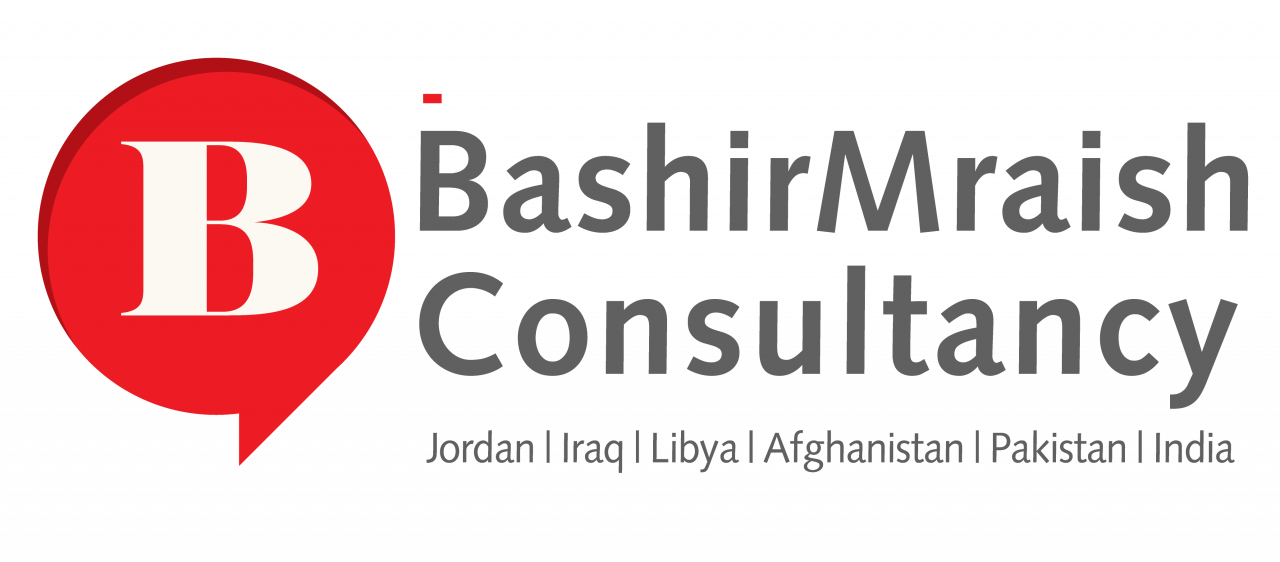In today’s competitive business landscape, effective communication and promotion are vital to the success of organizations. Public relations (PR) and marketing are essential components of any comprehensive communication strategy. Despite them sharing some points, they serve different purposes and rely on their own approach in achieving their goals. In this article, taken from the website of Bashir Mraish Consultancy and PR, we will explain the difference between PR and marketing. and how to understand the differences between them in order to develop comprehensive communication plans that maximize their reach and impact.
Definition and Objectives
Public Relations: It is the strategic management of communication between an organization and its target audience, stakeholders and the general public. Its main objective is to build a positive image and a good reputation of the organization while working in it. Public relations professionals create goodwill, establish credibility, and manage any potential crises or negative perceptions that may arise.
Marketing, on the other hand, is the process of promoting and selling products or services to customers. Marketing’s main goal is to generate revenue and promote business growth. Marketing professionals focus on understanding customer needs, creating a value proposition, and developing strategies to reach and communicate effectively with their target market.
Target Audience and Focus
One of the key differences between PR and marketing lies in their target audience and focus. In public relations, the public is broad and includes the general public, media, investors, employees, government entities and other stakeholders. Public relations’ activities aim at creating a positive impression of the organization in general.
Marketing, on the other hand, is more customer-centric, focusing on specific target markets or customer categories. Marketing strategies are designed to target the needs, desires and preferences of these specific groups, with the aim at stimulating sales and building brand loyalty.
Communication Channels
PR and marketing use different communication channels to communicate their messages effectively. Public relations is based on channels such as press releases, media presentations, interviews, social media, events, and community participation. The goal is to secure media coverage and generate positive stories that enhance the organization’s reputation.
Marketing uses channels such as advertising, email marketing, content marketing, social media advertising, and search engine optimization (SEO). These channels are intended to attract the attention of potential customers, raise awareness to the product or service, and encourage converting people into paying customers.
Measuring Success
Measuring PR and marketing success varies due to their distinct goals. In public relations, success is often measured by media coverage, sentiment analysis, reputation surveys, and their impact on the public’s impression. The effectiveness of public relations campaigns can be difficult to measure, but a positive public image and reputation enhancement greatly contribute to long-term success.
Marketing success is more directly related to business results and revenue generation. Marketers measure success through metrics such as gross sales revenue, return on investment (ROI), conversion rates, customer acquisition costs, and other key performance indicators (KPIs). Their ability to track tangible results makes marketing campaigns more immediately measurable.
In conclusion, although public relations and marketing are complementary components of an overall communication strategy, they differ in their goals, target audience, focus, and measurement of their success.
Public relations focus on managing an organization’s reputation and building positive relationships with various stakeholders, including the public, media, and investors. In contrast, marketing aims at generating revenue and promoting products or services by targeting specific customer categories.
By understanding the differences between PR and marketing, companies can leverage both disciplines to develop a comprehensive communication plan that enhances their business image, reaches the right audience, and ultimately leads to business growth and success.


